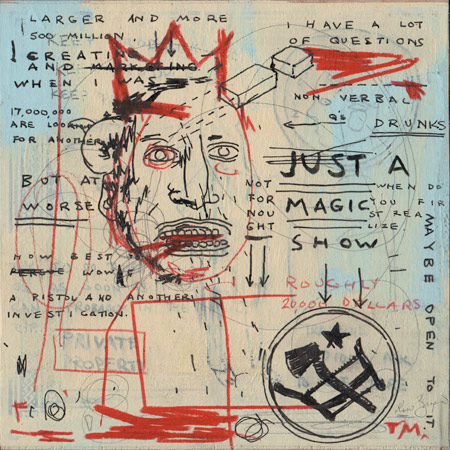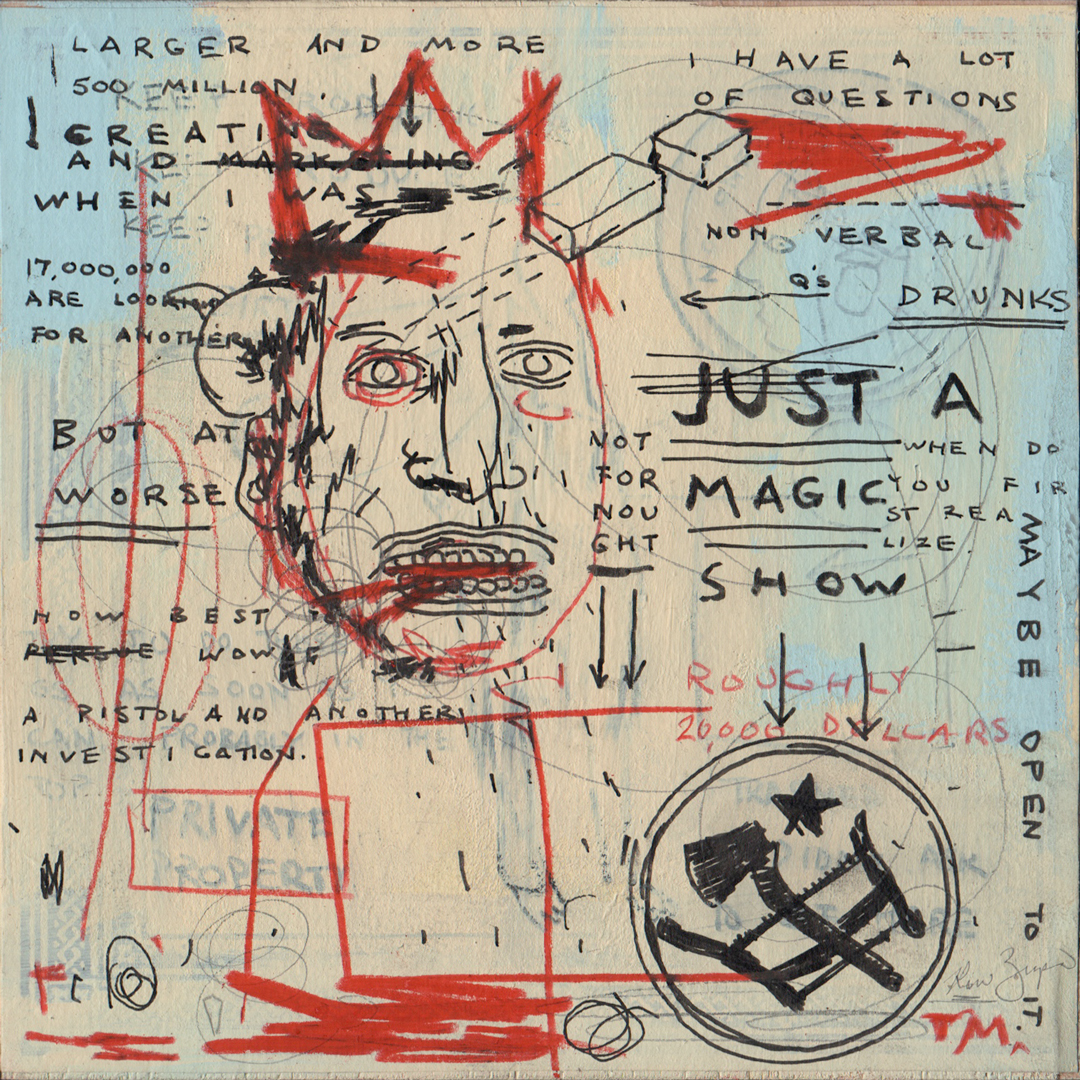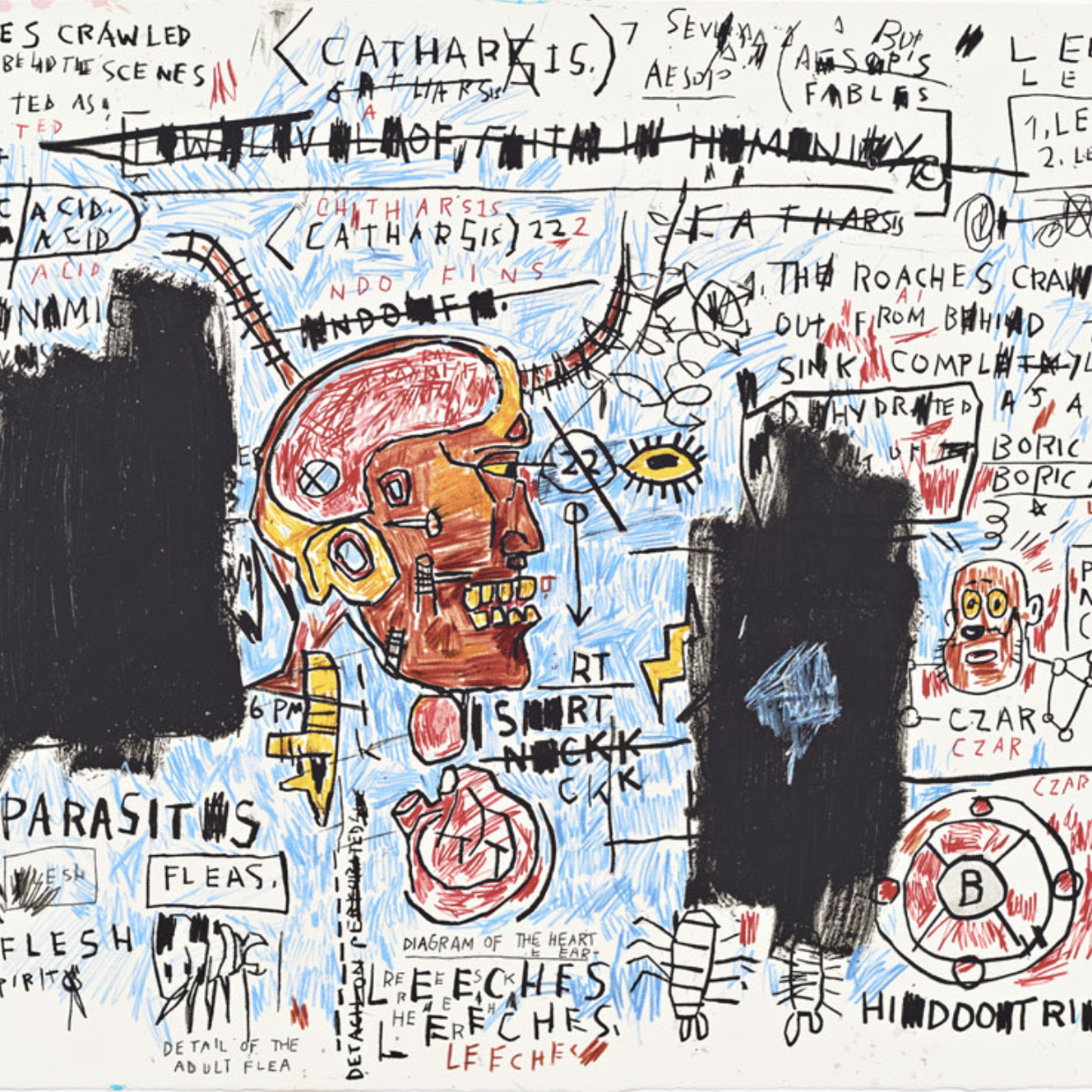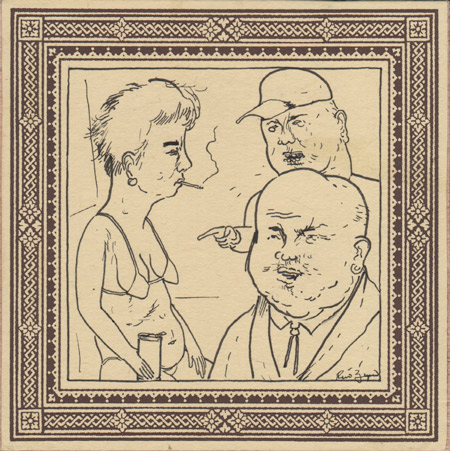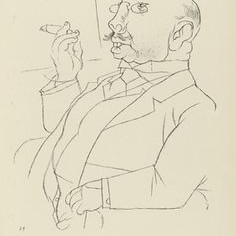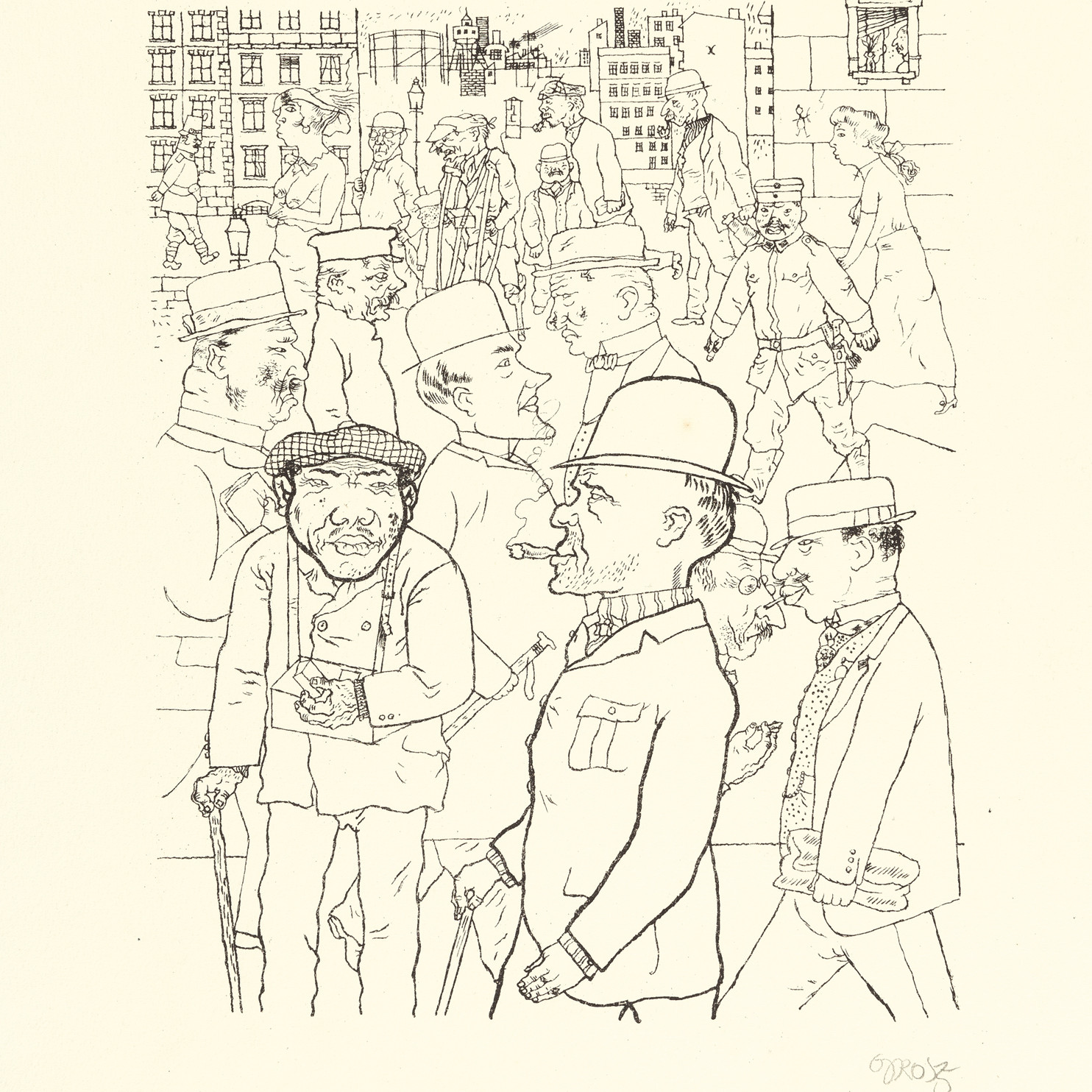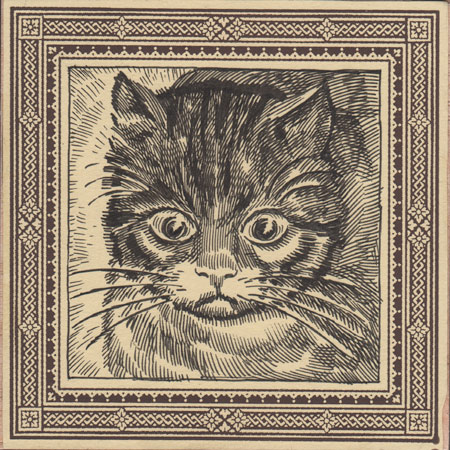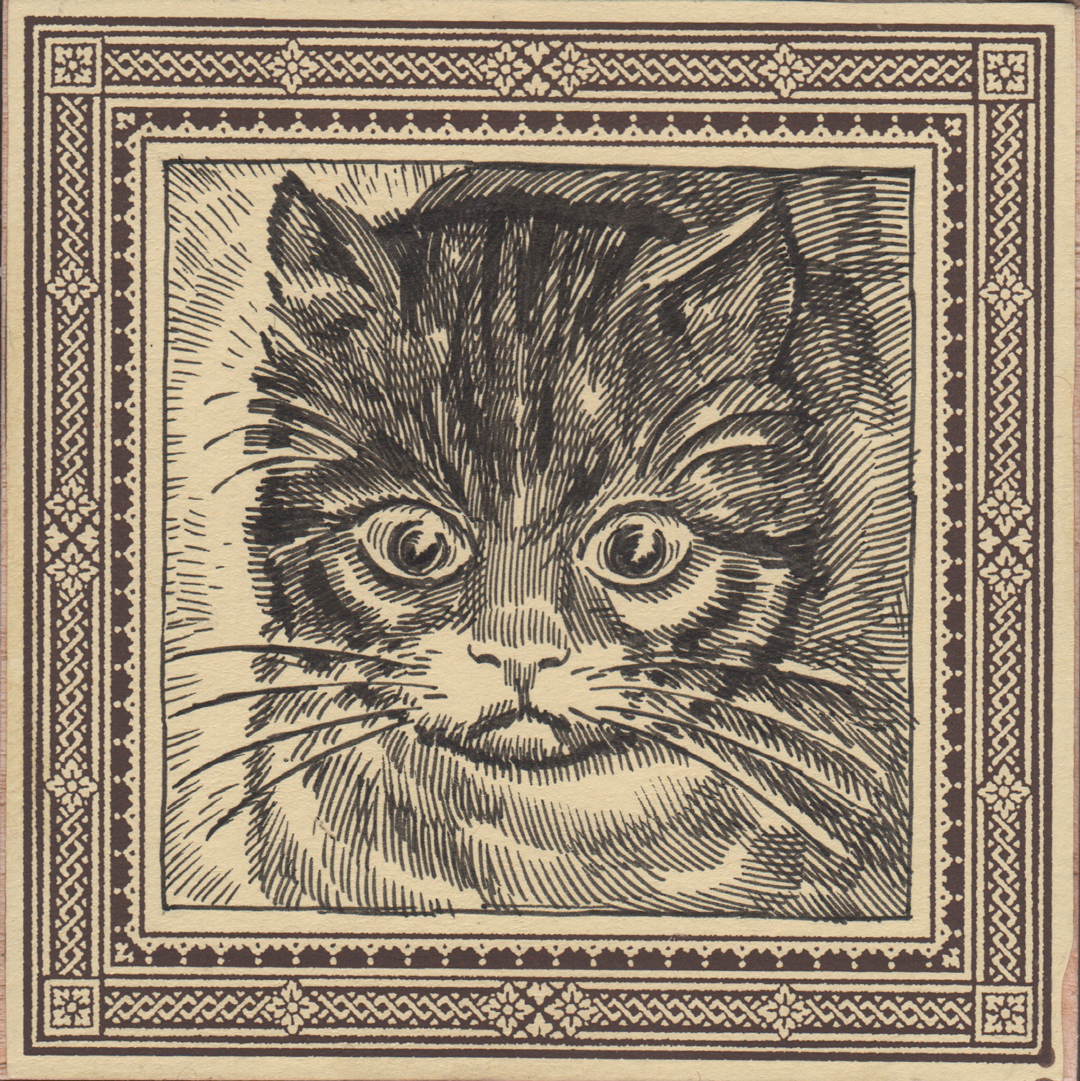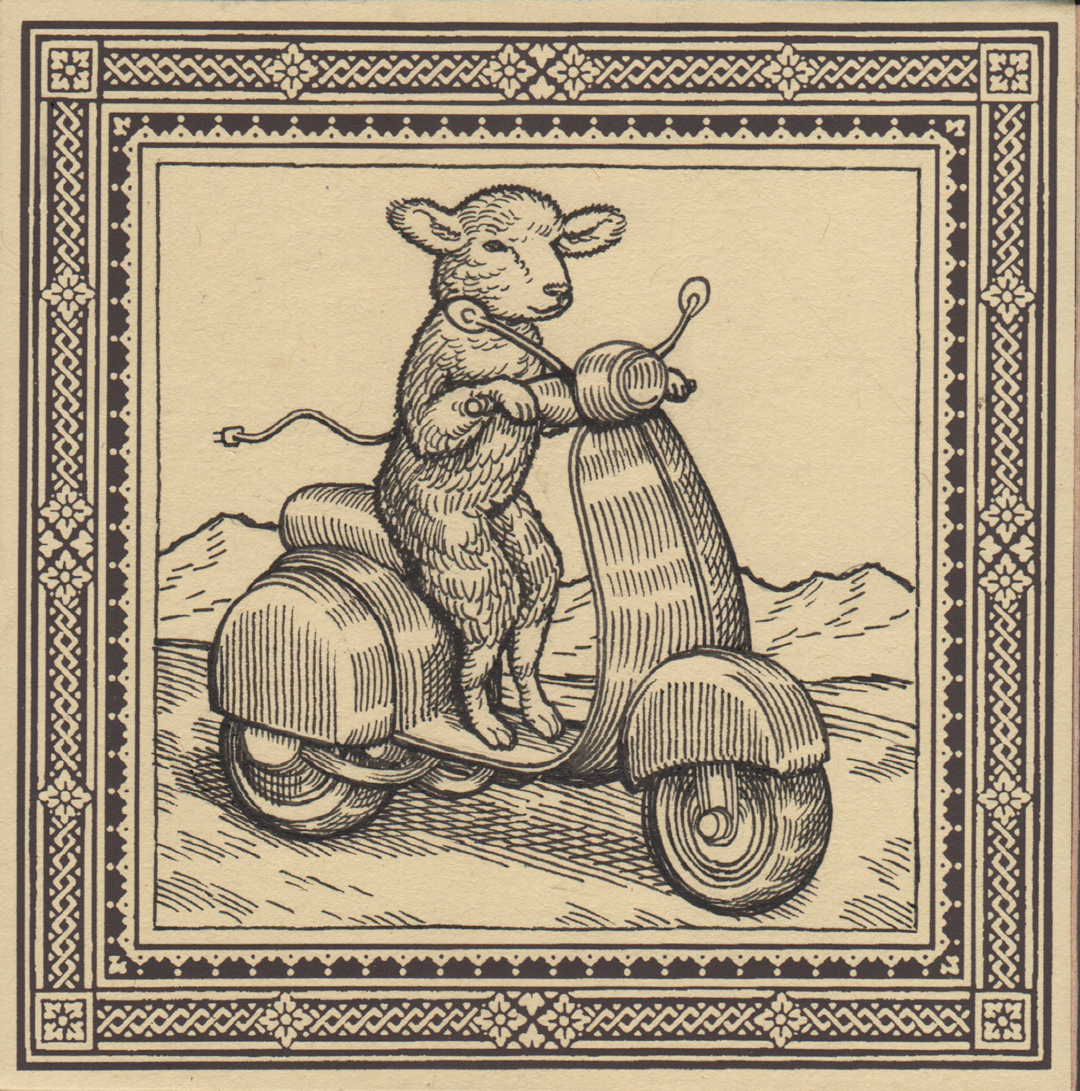Basquiat and Reggie Watts
BASQUIAT AND REGGIE WATTS
These two are masters of improvisation. Much of what I love about Basquiat can also be found in other work from the expressionist family, Raushenberg and Twombly in particular. Basquiat made several unique contributions however, and most significant among these contributions is the element of language. Expressionism is, by default, a deeply emotional art. By including his explicit, written-out thoughts, Basquiat introduced intellectual possibilities to the genre.
Most importantly for this comparison, Basquiat committed to these bits of language as they formed in his mind without any hindrance or editing. He simply reacted to what he saw himself creating and let us in on his thoughts as they arrived.
Reggie Watts does something very similar. His songs are constructed on the spot in real time by using an inward call and response. He trusts his own craft and intentions enough to solidify the themes and ideas of the song as he is creating it—meaning that he first learns his lyrics when he hears his own voice saying them. He then engages in a back-and-forth with his own mind that carries it forward and unifies the piece into something cohesive and entirely one of a kind.
George Grosz and Dostoyevsky
GEORGE GROSZ AND DOSTOYEVSKY
Very few writers infuse characters with as much rich humanness and complexity as Dostoyevsky. His characters are so filled in with real minds that we as readers cannot help but be pushed into the same dense emotional environment that we find ourselves in when we are interacting with living human beings. We feel for his characters the same admiration, frustration, anger, sadness, pity, torment and love that we feel for our own family members. His characters are hugely different from one another and we get the sense that when the book is closed and these people are not on our current page being activated by our reading, they go about their lives full of all the difficulties and pursuits that we have in our own lives.
George Grosz infused his characters with a similar fullness. He was part of a much larger movement that allowed artists to use different stylistic tools inside a single piece of art. Rather than being confined by the realism of human anatomy, this allowed artists like Grosz to describe the vast difference between mental states of several people in the same scene. And his depictions focused on much of the same conflict, embarrassment, vulnerability, arrogance, joy, frustration, and humiliation that Dostoyevsky explored.
Francisco Goya's "Red Boy" and David Lynch's "Blue Velvet"
FRANCISCO GOYA’S RED BOY AND DAVID LYNCH’S BLUE VELVET
The painting of the boy in red appears at first glance to be a simple, innocent depiction of a pretty-faced, young boy standing for a portrait with a bird on a leash. Upon closer examination, however, we see lurking in the shadows behind him the hungry eyes of focused, hateful aspects of our own unconscious minds, waiting in a state of emergency for their chance to attack and devour that innocence.
Similarly Blue Velvet takes place in a distinctly all-American every town, full of neighborliness and innocence. However, right from the start of the film we are carried under the grass of a perfectly manicured lawn into the soil where ants crawl and feed. The boy protagonist later decides to leave his safe, innocent mind and enters its interior where other things are lurking. Eventually he watches a deeply unsettling scene in which a powerful, frantic man carries out an absurd, sexual play on a complacent, lethargic woman—one that is fueled by desperation, childish neediness and hate.
One that is motivated by the same wide eyed cats hungrily lurking in the shadow of the Red Boy.
Bruce Springsteen and Kid Cudi
BRUCE SPRINGSTEEN AND KID CUDI
These two artists added a component of individual, emotional vulnerability to genres that tended to keep things “big picture” and emotionally guarded.
“Born In The USA” cinematically describes the hardships of one specific man. With very few brush strokes, it carries us through a narrative that begins in childhood and ends with a veteran in middle age who’s options continue to dwindle. It has a grinding, pulsing, big arena sound with raspy, shouted singing—but its words make no attempt to conceal its tender sadness, anxiety and loneliness.
It includes the lifelong effects of childhood trauma; an odd and masterfully executed moment of silence for a fallen comrade in Vietnam; a fruitless search for dignity and work upon returning home; and the anxiety of looming incarceration. It’s a very sad and beautiful song, and emblematic of much of Springsteen’s work.
Kid Cudi does something similar. Rap has always been a complex and varied genre with more diversity in its content than any other form of music, but there is a notable lack of personal, emotional vulnerability. Kid Cudi’s lyrics, however, are defined by their personal vulnerability. Though he uses a great deal of confidence, playfulness and humor, he constantly subverts the bluster and aloofness of rap with matter-of-fact statements that lay bare his sadness and loneliness.
These artists opened up a huge world of opportunity for more complexity and expression. The artists that followed have seized these opportunities, making each field considerably richer.
Maria Bamford and Philip K. Dick
MARIA BAMFORD AND PHILIP K. DICK
We are currently living in a future largely predicted by Philip K. Dick’s work and we are headed for some of the even more abstract, inhumane predictions. Other science fiction writers who described dystopian futures like Huxley and Orwell put more emphasis on the prowess of state control and saw technology only as a means to solidify that control. Dick concentrated on the technology itself and saw many possibilities for future tools, both liberating and bleak. His was a paranoid, fractured future where technologies changed and evolved in the hands of countless parties with countless agendas and the conflicts between these parties continue as they always have, simply with increased intricacy and mechanization.
Dick had a constantly fluctuating mental state, at times believing the products of his mind to be genuinely transcendent premonitions facilitated by extra dimensional beings. At other times he saw these as products of mental illness and yet others, he didn’t see any significant distinction between the two.
Maria Bamford’s comedy is unlike that of any other artist. Though I have many thoughts about it, I find analysis of comedy to be mostly terrible so I will not try that here. All I will say is that the remarkable urgency, honesty, vulnerability and insight that flows so freely from her appears, at least in part, to be coming from a mind in similar fluctuation. One that at times produces abstraction and thought disorder and is at other times grounded enough to reflect on that abstraction.
Both of these artists create magic gifts that help us all understand ourselves and our world.

